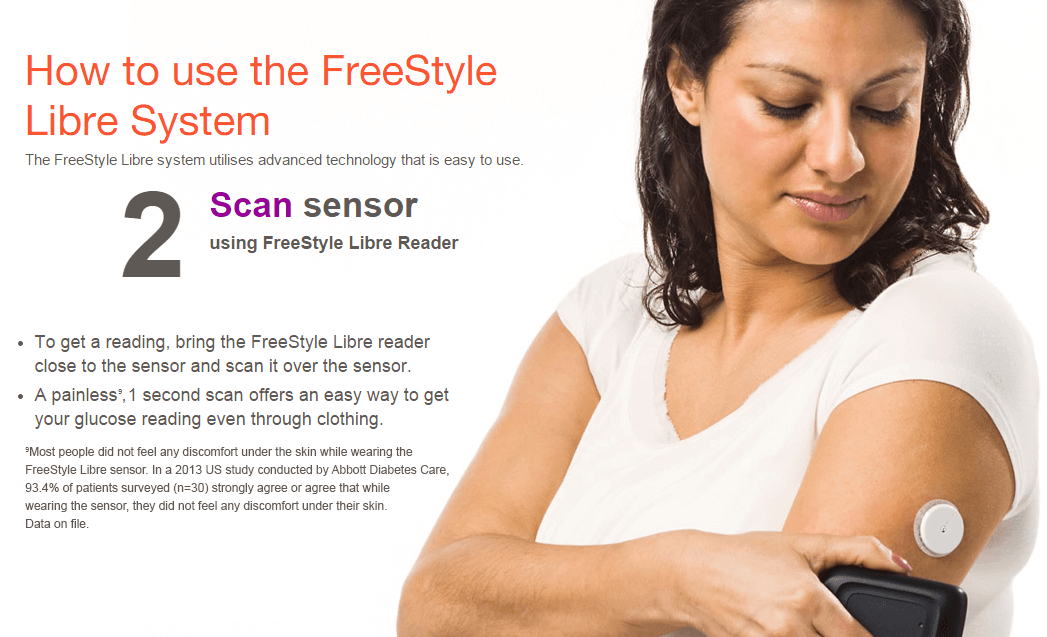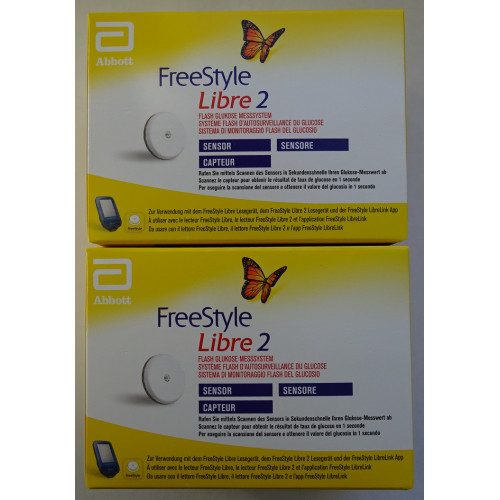
Unit costs were sourced from either 2018/2019 or 2019/2020 databases or 2019 list prices, therefore no cost inflation was applied. 19 All costs are reported in 2019 Great British pounds. The change in resource utilization with the FreeStyle Libre system compared with SMBG was sourced from the ABCD nationwide audit, where the people included in the ABCD audit are a subgroup of all T1DM populations defined by the NHS funding criteria and those able to self-fund. Included in the analysis were the acquisition costs, costs associated with SHE, DKA events, and cost savings from a reduction in HbA1c. Traditional CGM was excluded from the analysis because data on traditional CGM were not captured in the ABCD audit. The objective of the current study is to estimate the budget impact of more widespread adoption of the FreeStyle Libre system from a local health economy’s perspective in the UK by applying the outcome data reported in the ABCD nationwide audit.Ī budget impact model was developed in Microsoft Excel to calculate the net difference in costs per patient and total budget impact over a 3-year time horizon, comparing the FreeStyle Libre system to SMBG. Data collected included baseline pre-Freestyle Libre system demographics, source of funding, previous structured diabetes education completion, HbA1c values from the previous 12 months, Gold score (to assess hypoglycemia awareness), severe hypoglycemia, paramedic callouts, and hospital admissions due to hypoglycemia, hyperglycemia, and DKA over the previous 12 months. 15 The study commenced in November 2017 and involved clinicians from 102 NHS hospitals in the UK for which they were asked to submit user data collected during routine clinical care. The ABCD nationwide audit was set-up to assess the patterns of use of FreeStyle Libre system and to study its effect on glycemic control, hypoglycemia, diabetes-related distress, and hospital admissions due to hypoglycemia and hyperglycemia/diabetic ketoacidosis (DKA). The clinical and patient benefits of FreeStyle Libre system have been demonstrated in two meta-analyses, of clinical studies and real-world evidence, 10 11 two randomized controlled trials (RCTs) in a T1DM population ( NCT02232698 (IMPACT)) 6 and in T2DM populations ( NCT02082184 (REPLACE)) 7 12 as well as a single-arm study in younger people with diabetes ( NCT02821117 (SELFY)) 13 and several large real-world studies. 9 In 2020, it is being used by over 30% of the T1DM population in England (unpublished internal market report provided by IQVIA). In 2017, the FreeStyle Libre system was listed on the National Health Service (NHS) business services authority Drug Tariff for England and Wales, making it available to people with diabetes in the UK. It is indicated for measuring interstitial fluid glucose levels in people age 4 years and older with diabetes mellitus, including pregnant women and is designed to replace SMBG testing in the self-management of diabetes. 8 In contrast to traditional CGM, the user must scan the sensor to access glucose data, the system does not have alarms, and has lower acquisition costs. This potentially minimizes the need for face-to-face contact with those considered to be lower risk through remote assessment. The addition of digital communication tools (LibreView), helps clinicians risk-stratify patients, enabling clinicians to review glucose data in the cloud. This enables informed discussion between people with diabetes and their clinicians about glucose management. 6 7 Furthermore, it provides data on time in range, estimated glycated hemoglobin (HbA1c) and time below range as well as other measures. The FreeStyle Libre system (Abbott Diabetes Care, Witney, Oxon, UK), a sensor-based glucose monitoring system, is convenient and easy to use and improves the frequency of glucose monitoring relative to SMBG. 4 However, high cost has limited widespread adoption, and therefore, traditional CGM is mainly recommended in the UK to adults with T1DM who have problematic hypoglycemia (National Institute for Health and Care Excellence (NICE)).

3 Traditional continuous glucose monitoring (CGM) is demonstrated to improve glycemic control and is increasingly used in diabetes management.

However, the introduction of new technology is changing the standard approach to glucose monitoring. 2 Self-monitoring of blood glucose (SMBG), or ‘finger-prick’ testing, has been the standard of care for people with T1DM. Improved glycemic control, facilitated by effective blood glucose monitoring improves acute outcomes in type 1 diabetes mellitus (T1DM) by reducing the risk of hypoglycemia and severe hypoglycemic events (SHE), 1 as well as longer term outcomes such as slowing down disease progression of retinopathy, nephropathy and other diabetes endpoints.


 0 kommentar(er)
0 kommentar(er)
